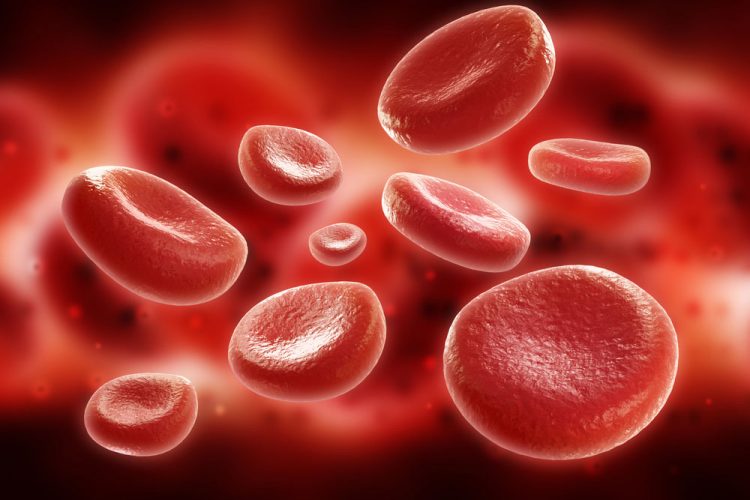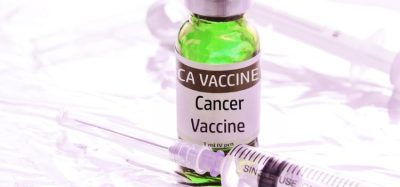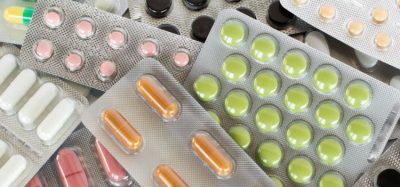In a recent article Dr Akhilesh K. Gaharwar, Assistant Professor in the Department of Biomedical Engineering at Texas A&M University uses kappa-carrageenan and nanosilicates to form injectable hydrogels to promote haemostasis and facilitate wound healing via a controlled release of therapeutics.
Injectable hydrogels are promising materials for achieving haemostasis in case of internal injuries and bleeding
“Injectable hydrogels are promising materials for achieving haemostasis in case of internal injuries and bleeding, as these biomaterials can be introduced into a wound site using minimally invasive approaches,” said Dr Gaharwar. “An ideal injectable bandage should solidify after injection in the wound area and promote a natural clotting cascade. In addition, the injectable bandage should initiate wound healing response after achieving haemostasis .”
The study uses a commonly used thickening agent known as kappa-carrageenan, obtained from seaweed, to design injectable hydrogels. Hydrogels are a 3-D water-swollen polymer network, simulating the structure of human tissues.
When kappa-carrageenan is mixed with clay-based nanoparticles, injectable gelatin is obtained. The charged characteristics of clay-based nanoparticles provide a haemostatic ability to the hydrogels. Specifically, plasma protein and platelets form blood adsorption on the gel surface and trigger a blood clotting cascade.
“Interestingly, we also found that these injectable bandages can show a prolonged release of therapeutics that can be used to heal the wound,” said Dr Giriraj Lokhande, first author of the paper. “The negative surface charge of nanoparticles enabled electrostatic interactions with therapeutics thus resulting in the slow release of therapeutics.”
The results of the study have been published in Acta Biomaterialia.







